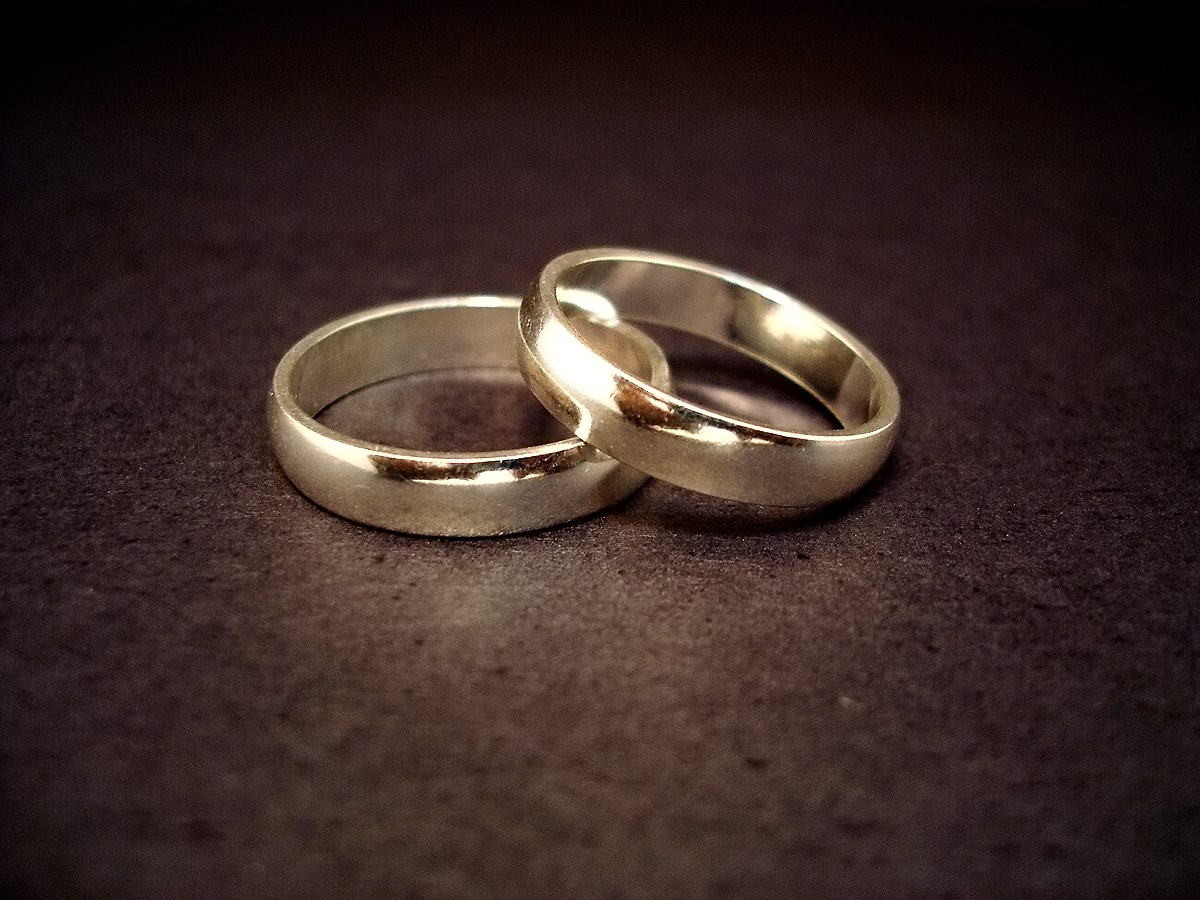
Jeff Belmonte from Cuiabá, Brazil, CC BY 2, via Wikimedia Commons.
In his Apostolic Letter Mulieris dignitatem, the Holy Father John Paul II explains the origin and development of the analogy of God as spouse.
Virginity is a mystery of love, a quality of the marriage of God and humanity.
The entire Old Testament taught the Hebrews to live a virginal love with the Lord (free from the sacred prostitutions of the Baals).
Christ is a virgin because in him God marries humanity, virginally. The risen Christ espouses the Church virginally, through his death and resurrection, in his pierced side.
As a virgin, Mary is not only a sign or proof of the Incarnation, but also the fulfilment of the Covenant. As a virgin, Mary is the star of evangelisation by virtue of her quality of heart; she is like the light by which the whole of biblical Revelation can be known.
Hosea was the first prophet to introduce the analogy of God as spouse. "Husband" is a human image, but the love of God as husband is a divine love. Other prophets later took up the analogy.
" On that day—oracle of the LORD—You shall call me 'My husband" (Hosea 2:18) .
" Thus says the Lord: I have remembered you, taking pity on your youth and on the charity of your betrothal, when you followed me into the desert, into a land which is not sown" (Jeremiah 2, 2).
" For your husband is your Maker; the LORD of hosts is his name, Your redeemer, the Holy One of Israel, called God of all the earth" (Isaiah 54, 5) .
This analogy is taken up by Christ and the Church, and sheds light on both the dignity of women and the practice of the Eucharist.
Pope John Paul II explains it in his Apostolic Letter Mulieris dignitatem:
This image of spousal love linked to the figure of the divine Spouse - an image that is very clear in the prophetic texts - is confirmed and emphasised in the Letter to the Ephesians (5:23-32).
Christ is hailed as the bridegroom by John the Baptist (cf. Jn 3:27-29); and Christ himself applied this comparison borrowed from the prophets (cf. Mk 2:19-20).
The Apostle Paul, imbued with the entire heritage of the Old Testament, wrote to the Corinthians: "For I am jealous toward you, with the jealousy of God. And I have espoused you to one husband, offering you as a chaste virgin to Christ". (2 Cor 11:2)[1].
In this way, "being a wife", and therefore the "feminine", becomes the symbol of humanity itself, according to the words of Paul: "There is neither male nor female. For you are all one in Christ Jesus" (Gal 3:28).[ 2] .
The Eucharist is above all a sacramental expression of the redemptive act of Christ the Bridegroom towards the Church the Bride. This becomes transparent and unequivocal when the sacramental service of the Eucharist, in which the priest acts "in persona Christi", is performed by man[3].
And holiness is appreciated in terms of the "great mystery" in which the Bride responds to the gift of the Bridegroom with the gift of love, doing so "in the Holy Spirit" because "the love of God is poured forth in our hearts through the Holy Spirit, who has been given to us." (Rom 5:5). The Second Vatican Council, confirming the teaching of the entire tradition, recalled that, in the hierarchy of holiness, it is precisely the "woman", Mary of Nazareth, who is the "figure" of the Church.[4]
Source:
- Pope John Paul II, Apostolic Letter Mulieris dignitatem.
[1]. John Paul II, Apostolic Letter Mulieris dignitatem § 23
[2]. John Paul II, Apostolic Letter Mulieris dignitatem § 25
[3]. John Paul II, Apostolic Letter Mulieris dignitatem § 26
[4]. John Paul II, Apostolic Letter Mulieris dignitatem § 27
F. Breynaert et l’équipe de MDN.